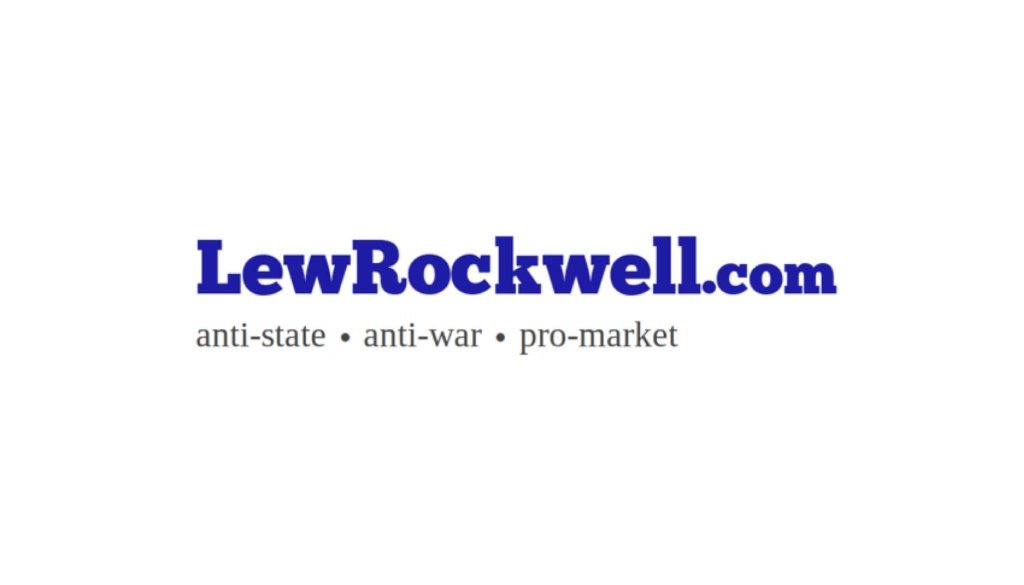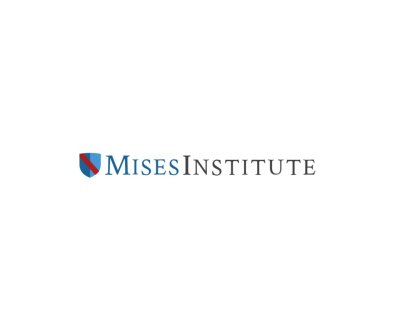How a President Becomes a Dictator: By Executive Order
“We are fast approaching the stage of the ultimate inversion: the stage where the government is free to do anything it pleases, while the citizens may act only by permission; which is the stage of the darkest periods of human history, the stage of rule by brute force.” — Ayn Rand
130 executive orders in under 100 days.
Sweeping powers claimed in the name of “security” and “efficiency.”
One president acting as lawmaker, enforcer, and judge.
No debate. No oversight. No limits.
This is how the Constitution dies—not with a coup, but with a pen.
The Unitary Executive Theory is no longer a theory—it’s the architecture of a dictatorship in motion.
Where past presidents have used executive orders, decrees, memorandums, proclamations, national security directives and legislative signing statements to circumvent Congress or sidestep the rule of law, President Trump is using executive orders to advance his “unitary executive theory” of governance, which is a thinly disguised excuse for a government by fiat.
In other words, these executive orders are the mechanism by which we finally arrive at a full-blown dictatorship.
America’s founders established a system of checks and balances to prevent the concentration of power in any single branch. To this end, the Constitution establishes three separate but equal branches of government: the legislative branch, which makes the law; the executive branch, which enforces the law; and the judicial branch, which interprets the law.
And yet, despite this carefully balanced structure, we now find ourselves in a place the founders warned against.
Despite Trump’s attempts to rule by fiat, the president has no unilateral authority to operate outside the Constitution’s system of checks and balances—no matter how urgent the crisis or how well-meaning the intentions.
This is what government by fiat looks like.
Where Congress was once the nation’s lawmaking body, its role is now being eclipsed by a deluge of executive directives—each one issued without public debate, legislative compromise, or judicial review.
These executive orders aren’t mere administrative housekeeping. They represent a radical shift in how power is exercised in America, bypassing democratic institutions in favor of unilateral command. From trade and immigration to surveillance, speech regulation, and policing, the president is claiming broad powers that traditionally reside with the legislative and judicial branches.
Some orders invoke national security to disrupt global markets. Others attempt to override congressional control over tariffs, fast-track weapons exports, or alter long-standing public protections through regulatory rollbacks. A few go even further—flirting wi
Article from LewRockwell

LewRockwell.com is a libertarian website that publishes articles, essays, and blog posts advocating for minimal government, free markets, and individual liberty. The site was founded by Lew Rockwell, an American libertarian political commentator, activist, and former congressional staffer. The website often features content that is critical of mainstream politics, state intervention, and foreign policy, among other topics. It is a platform frequently used to disseminate Austrian economics, a school of economic thought that is popular among some libertarians.



